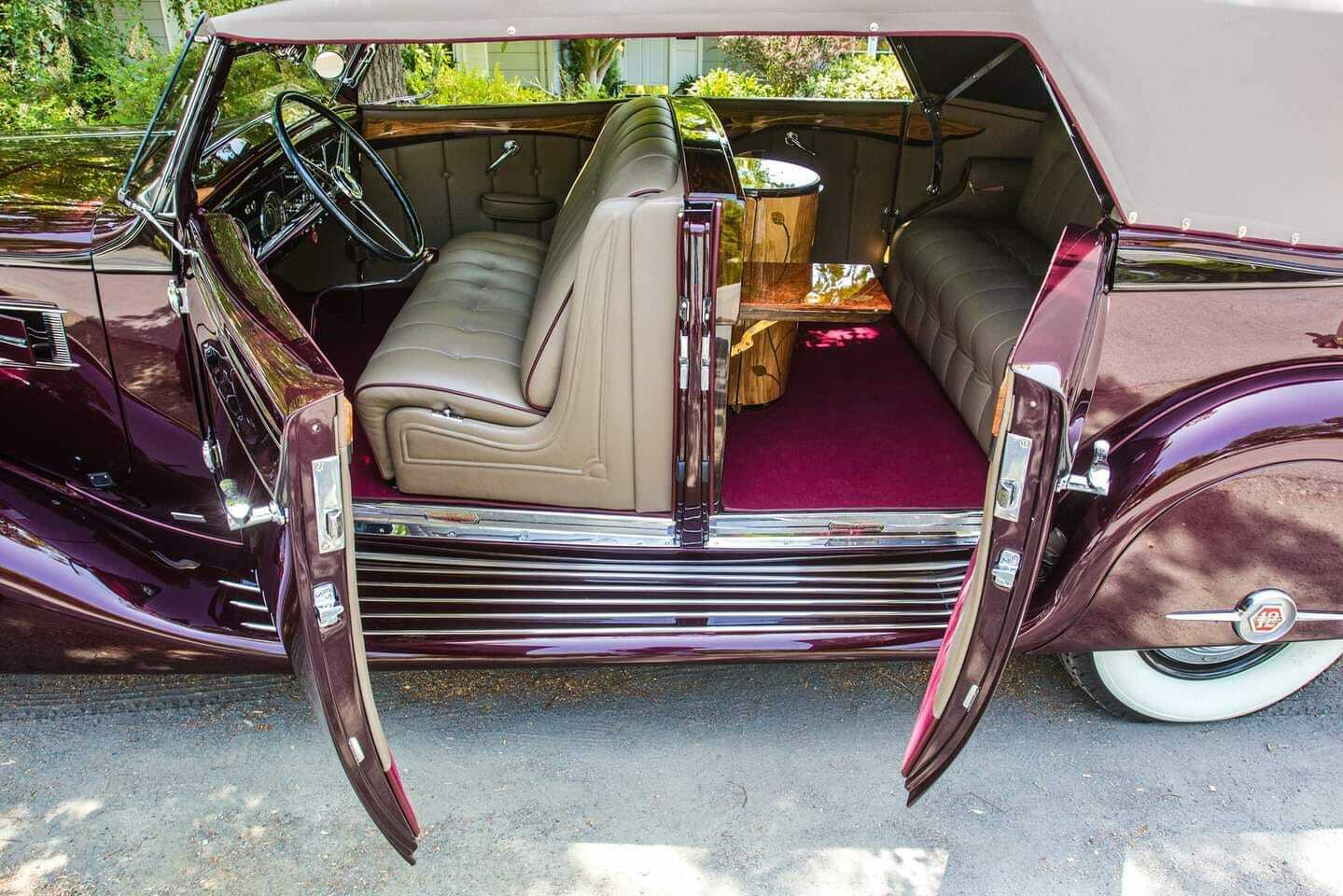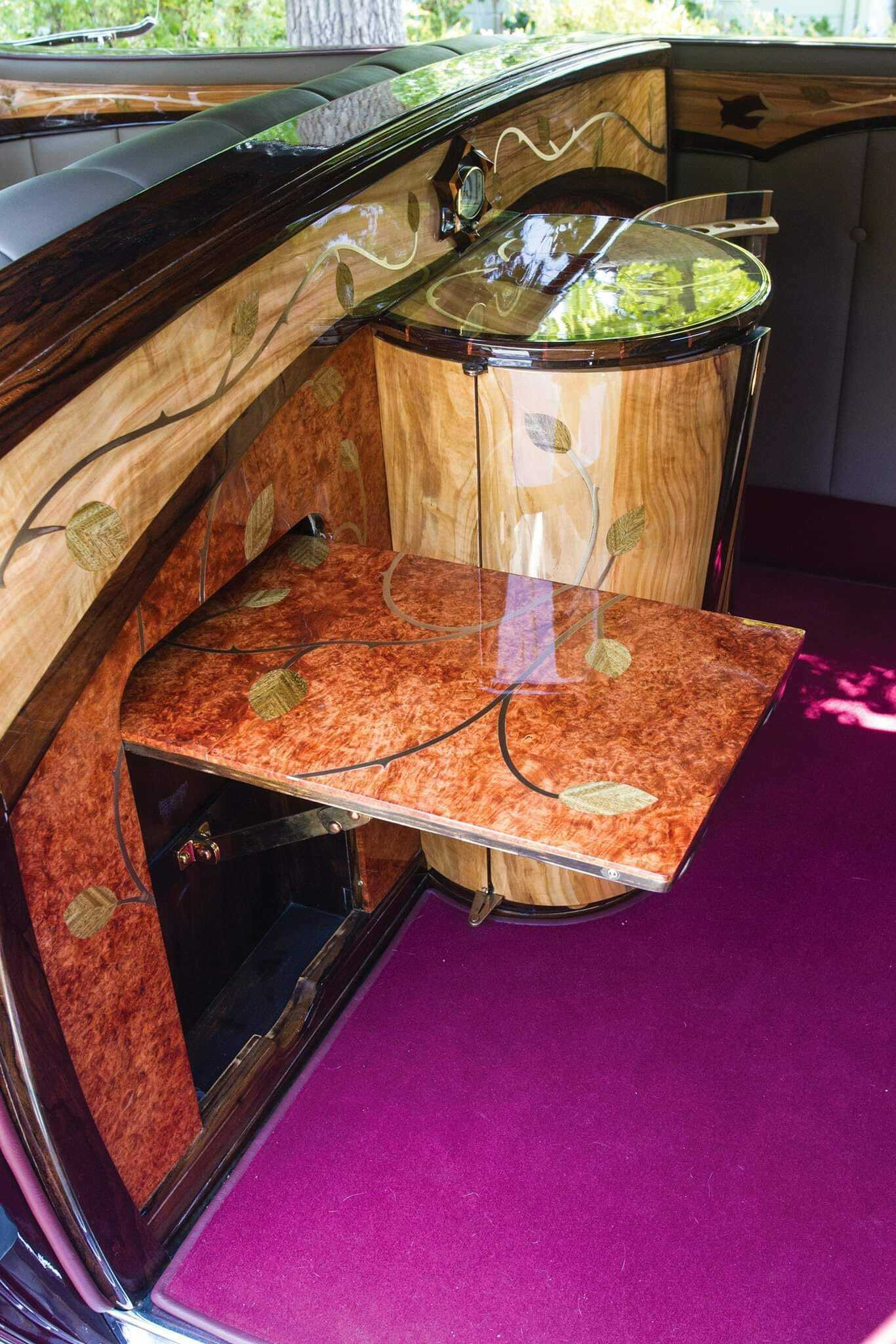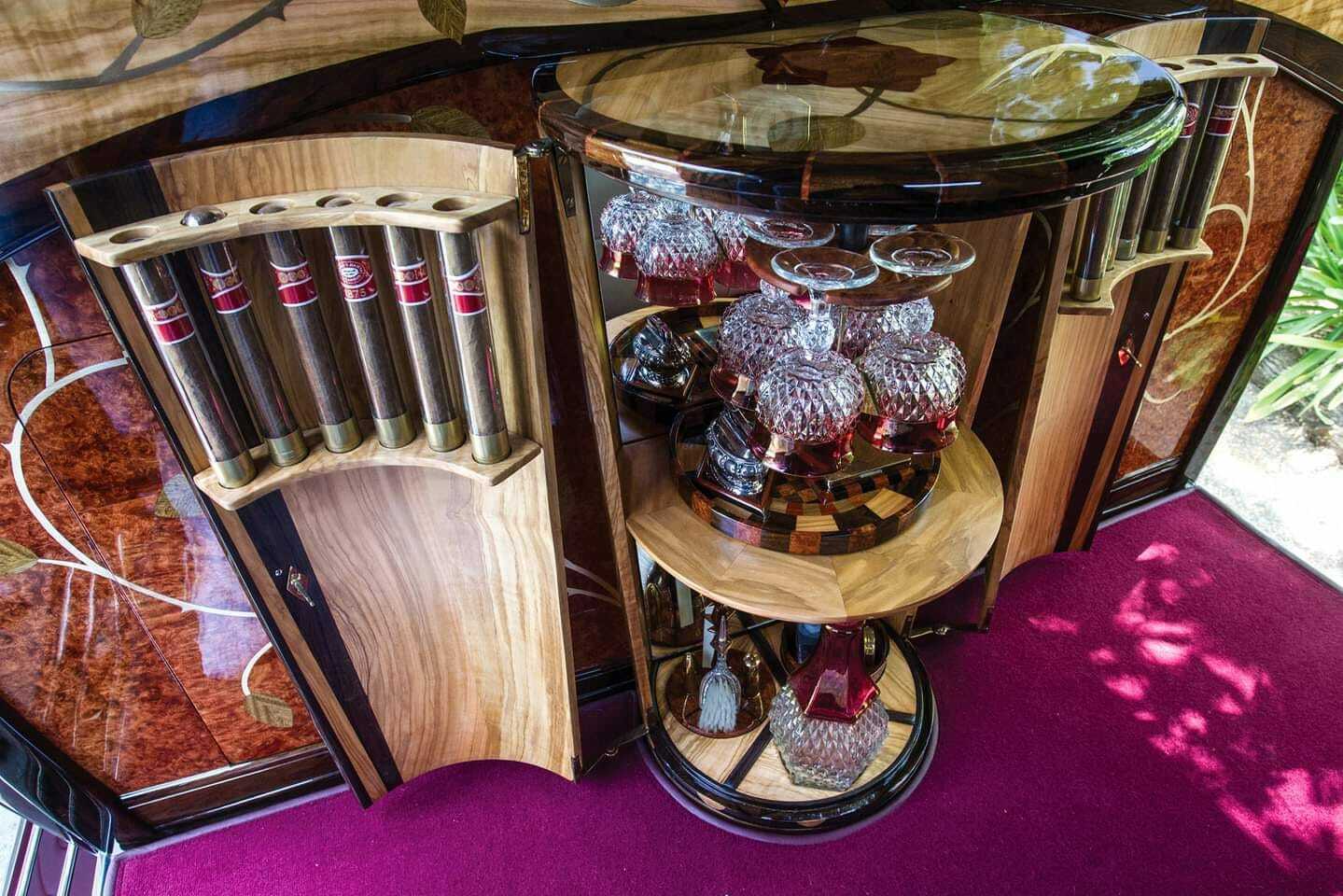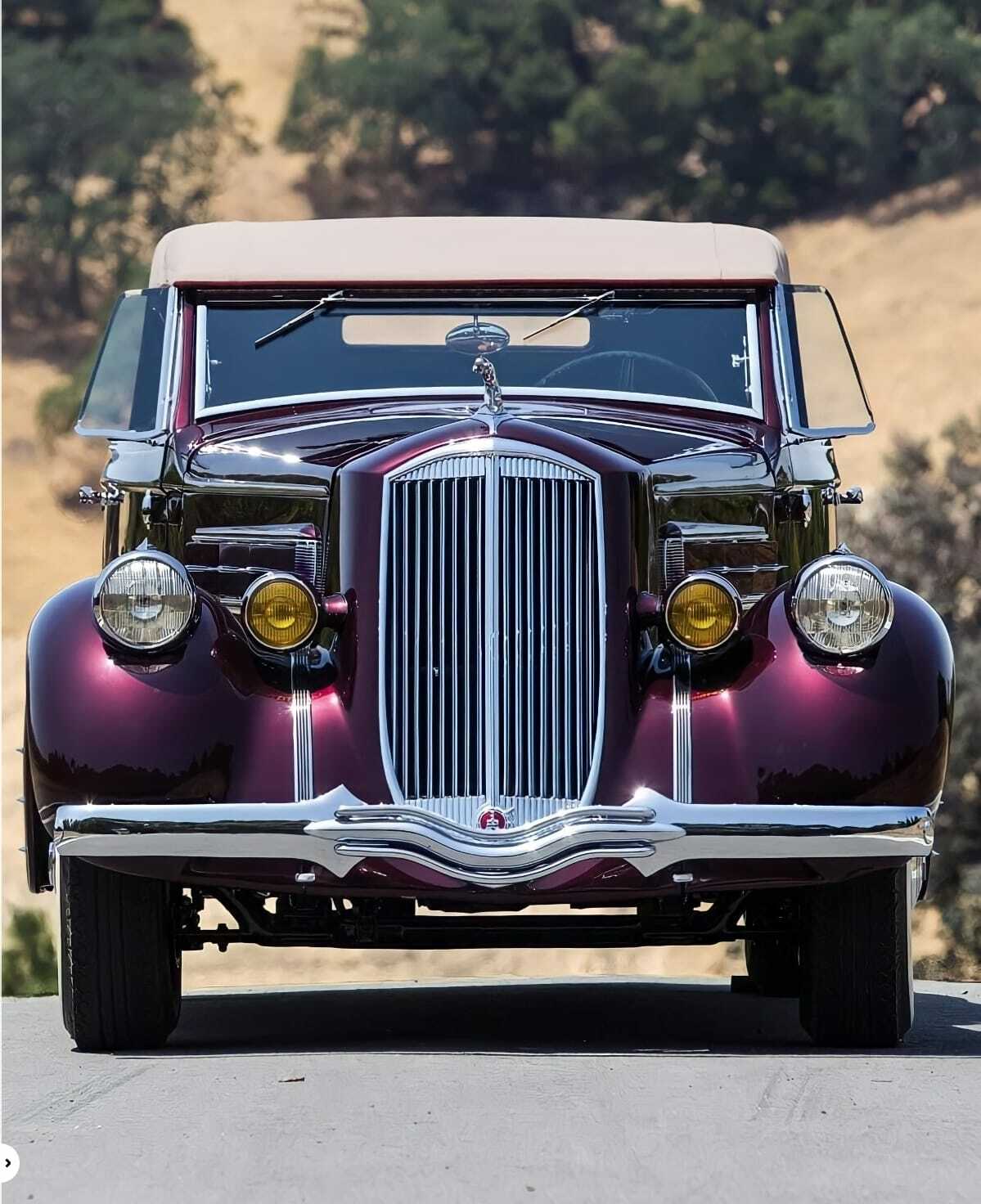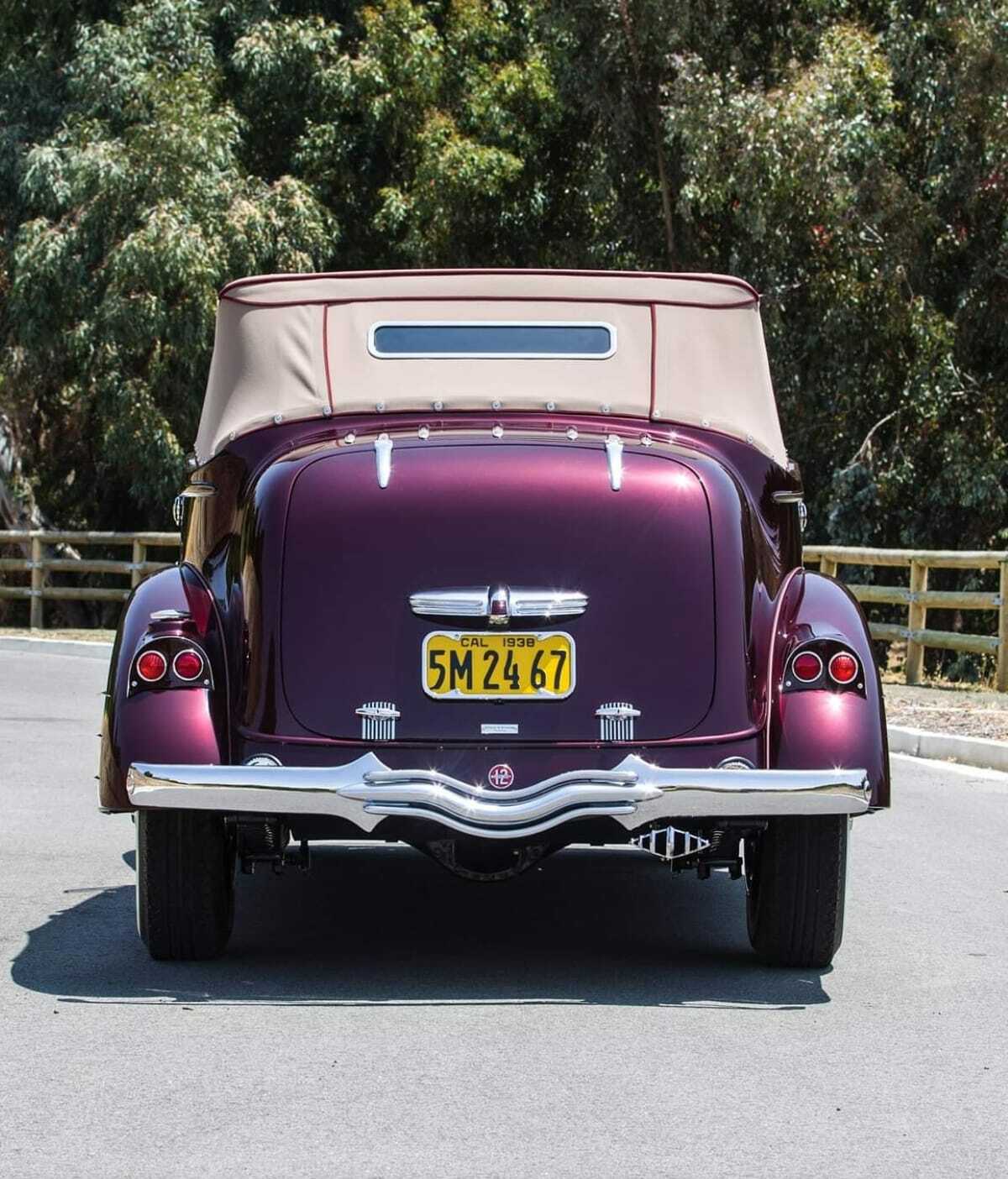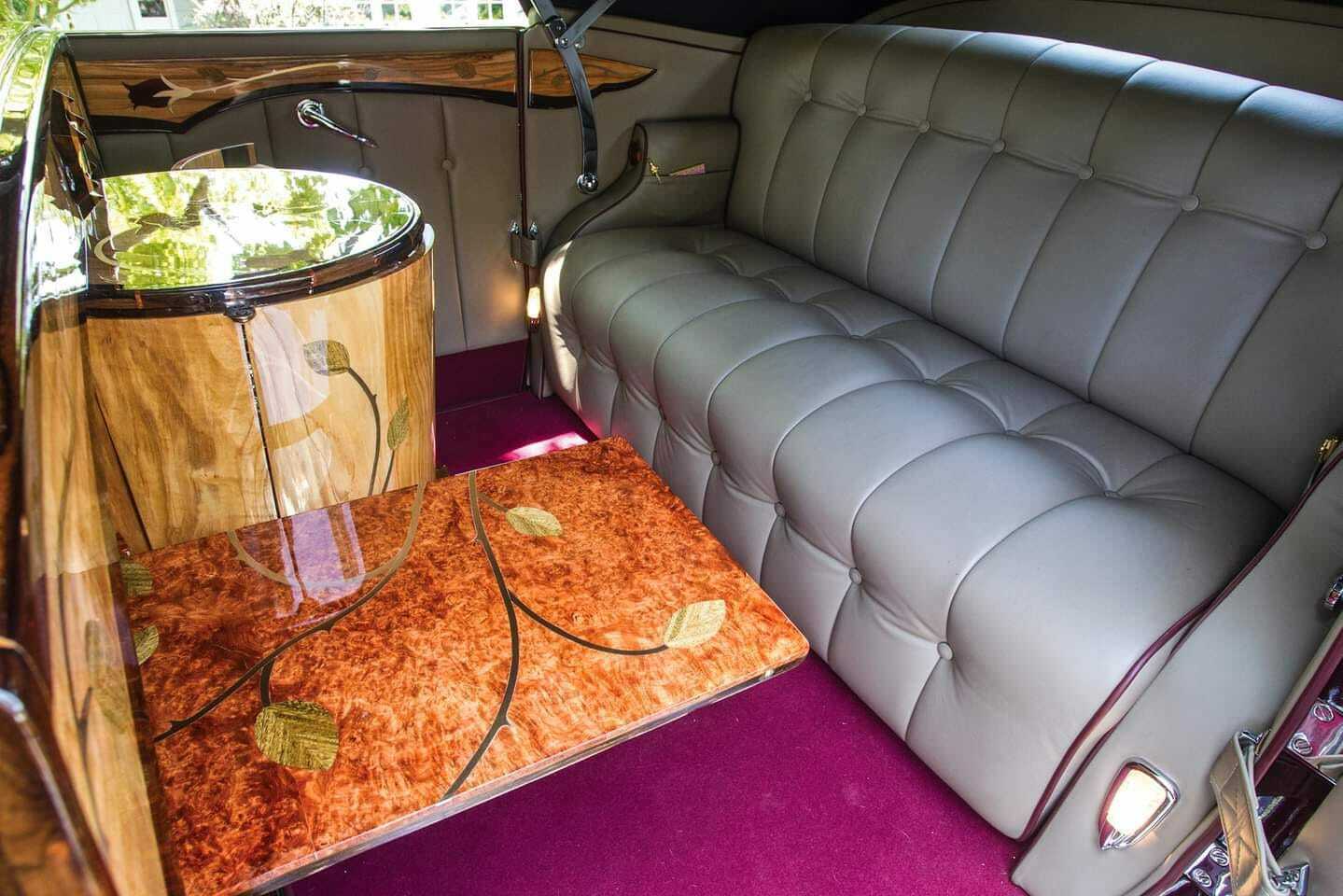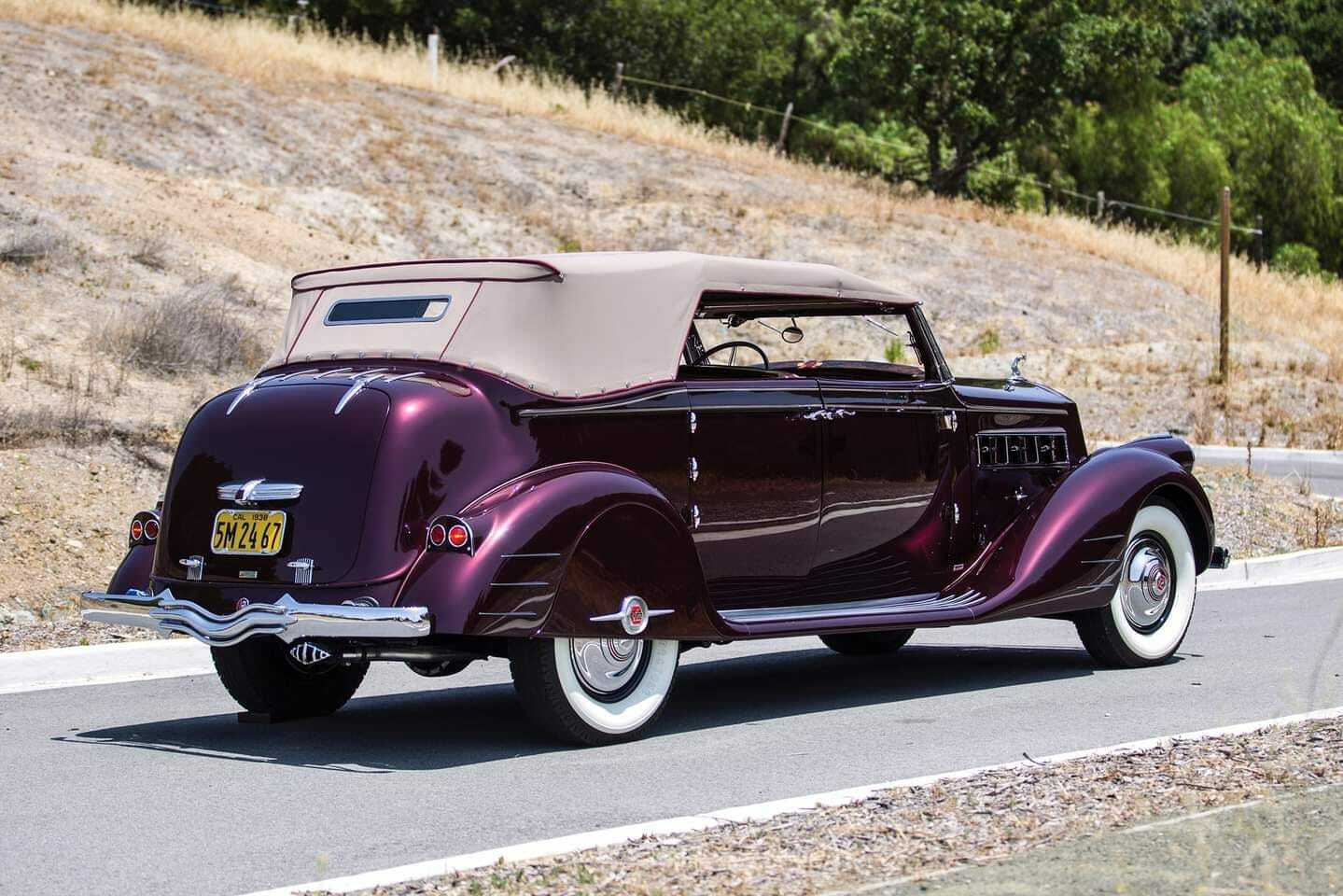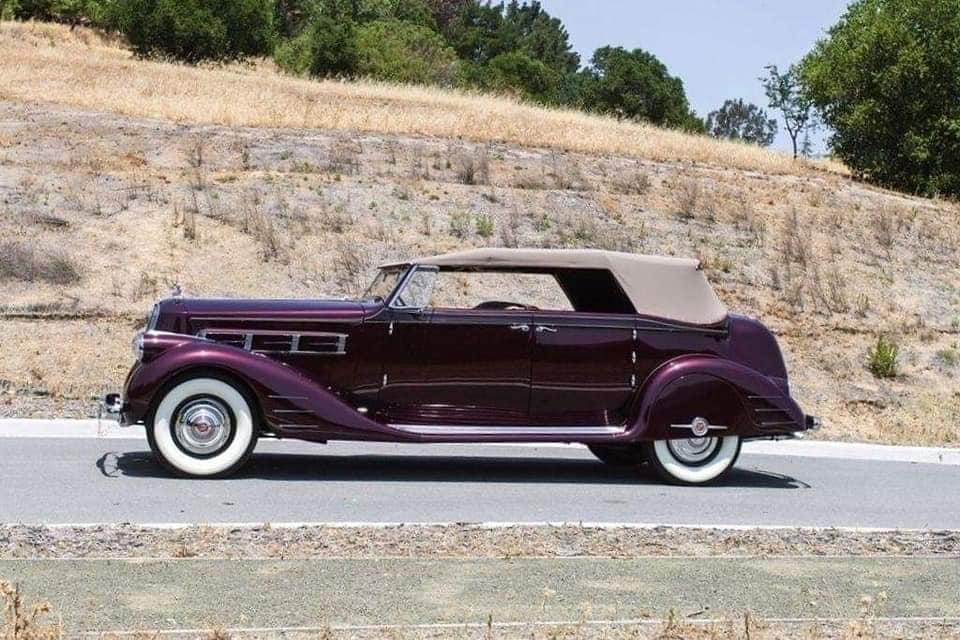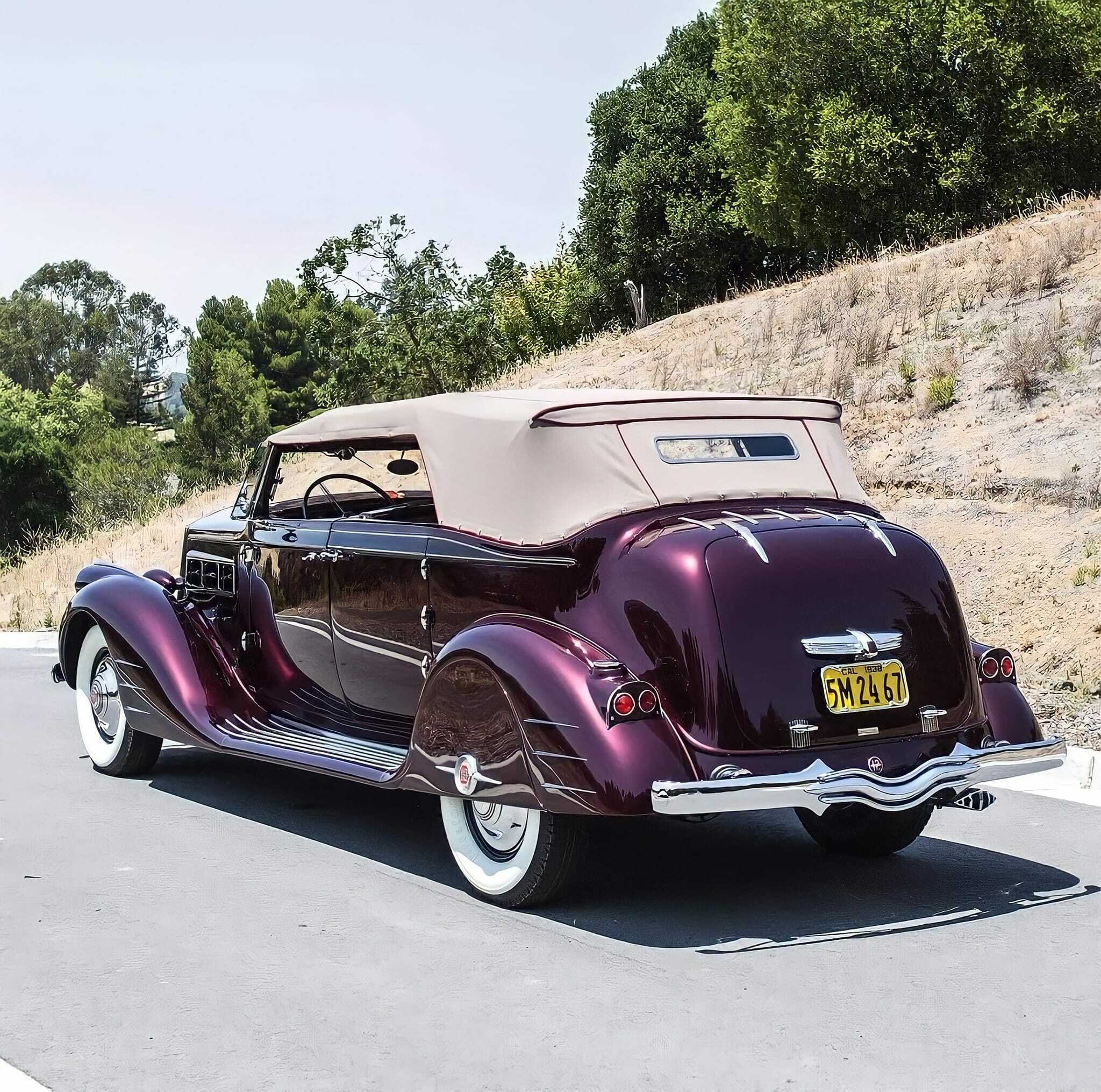The Pierce-Arrow Motor Car Company was an American motor vehicle manufacturer based in Buffalo, New York, which was active from 1901 to 1938.
Although best known for its expensive luxury cars, Pierce-Arrow also manufactured commercial trucks, fire trucks, boats, camp trailers, motorcycles, and bicycles.
The forerunner of Pierce-Arrow was established in 1865 as Heinz, Pierce and Munschauer. The company was best known for its household items, especially its delicate, gilded birdcages. In 1872, George Norman Pierce (1846–1910) bought out the other two principals of the company, changed the name to the George N. Pierce Company, and in 1896 added bicycles to the product line. The company failed in its attempt to build a steam-powered car in 1900 under license from Overman, but by 1901, had built its first single-cylinder, two-speed, no-reverse Motorette. In 1903, it produced a two-cylinder car, the Arrow.
In 1904, Pierce decided to concentrate on making a larger, more luxurious car for the upscale market, the Great Arrow. This became the company’s most successful product. The solidly built, four-cylinder car won the Glidden Tour in 1905, an endurance run to determine and celebrate the most reliable car. Thirty-three cars entered the 350-mile race from New York City to Bretton Woods, New Hampshire; the race was won by Percy Pierce in a Great Arrow.
The noted industrial architect Albert Kahn designed the Pierce Arrow Factory Complex at Elmwood Avenue and Great Arrow Avenue in about 1906. It was listed on the National Register of Historic Places in 1974. George Pierce sold all rights in the company in 1907, and he died three years later. In 1908, Pierce Motor Company was renamed as the Pierce-Arrow Motor Car Company.
In 1909, U.S. President William Howard Taft ordered two Pierce-Arrows (and two White Model M Tourers) to be used for state occasions, the first official cars of the White House.
The Pierce-Arrow’s engine displacement started at 453 cu in (7.4 L), continuing to a massive 11.7 L (714.0 cu in) and was increased later to 5 inch bore and 7 inch stroke for 13.52 L (825.0 cu in), at the time making it by far the largest Otto engine offered in any production automobile in the world. In 1910, Pierce dropped its other 4-cylinder models and focused exclusively on 6-cylinder cars until 1929.
The model 6-36, 6-48, and 6-66 continued for the next decade. Starting in 1918, Pierce-Arrow adopted a four-valve per cylinder T-head inline-six engine (Dual Valve Six) and three spark plugs per cylinder, one of the few, if only, multi-valve flathead design engines ever made. The company did not introduce an 8-cylinder engine until the 1929 Model 126, and a V-12 engine was offered in 1931 until the company closed in 1938.
In 1910, George Pierce died. In 1912, Herbert M. Dawley (later a Broadway actor-director) joined Pierce-Arrow, and he designed almost every model until 1938.] Until 1914, Pierce-Arrow also made a line of motorcycles, including the Pierce Four.
1919 Pierce-Arrow advertisement; ads for the cars in early years were understated and artistic, and did not discuss details about the cars.
In 1914, Pierce-Arrow adopted its most enduring styling hallmark when its headlights were moved from a traditional placement at the radiator’s sides, into flared housings molded into the front fenders of the car. This gave the car an immediately visible distinction in front or side views. At night, the car appeared to have a wider stance. Pierce patented this placement, which endured until the final model of 1938, although Pierce always offered customers the option of conventional headlamps; only a minority ordered this option.
🏁 Motorblog | FOLLOW
Curated Automotive Awesomeness | Follow, Grab a Coffee and Enjoy. All the latest and best from the world of motoring
https://scontent-akl1-1.xx.fbcdn.net/v/t39.30808-6/307098717_1448462932320320_8489396493301089906_n.jpg?_nc_cat=100&ccb=1-7&_nc_sid=8bfeb9&_nc_ohc=YnKBArfLp2wAX_5cRTt&_nc_ht=scontent-akl1-1.xx&oh=00_AT-0qjGBAUF6_y5Z1nsEUARFDi19LQCgYVnqWCagGQiESA&oe=632E743B



